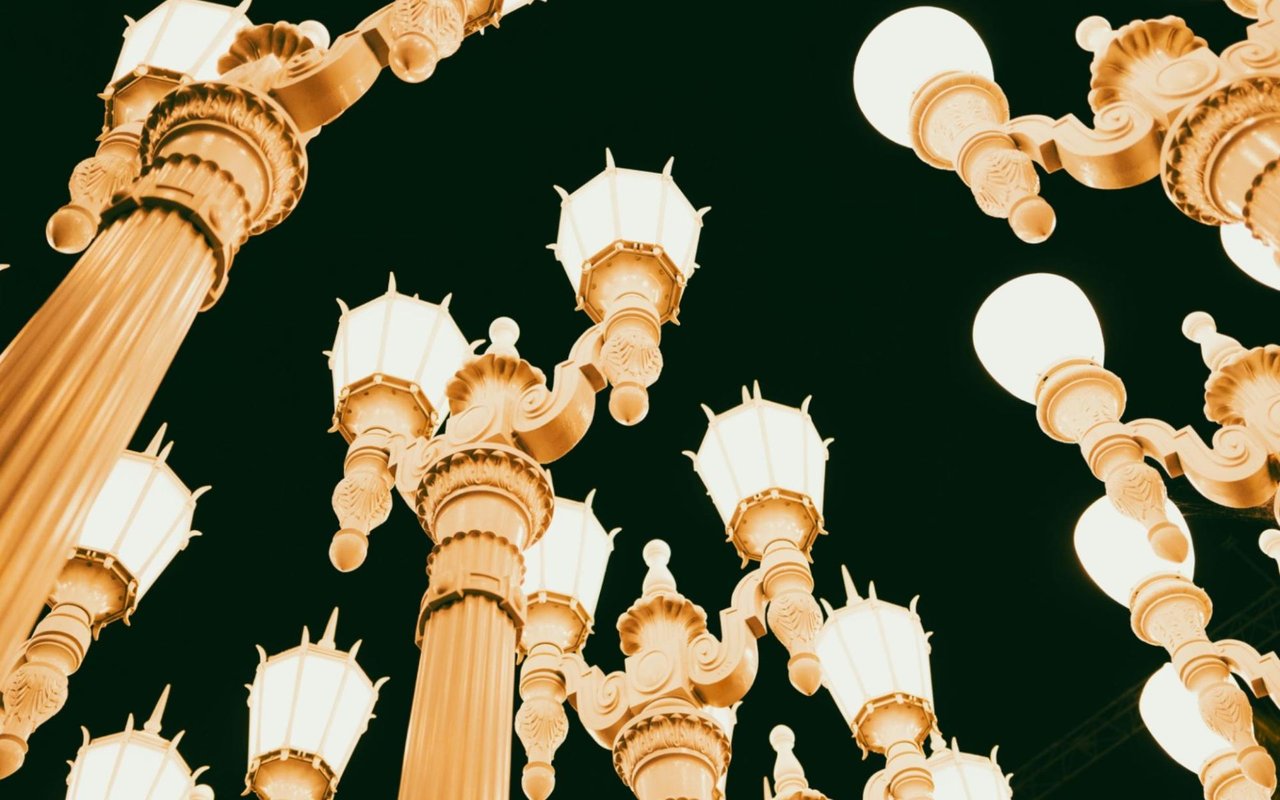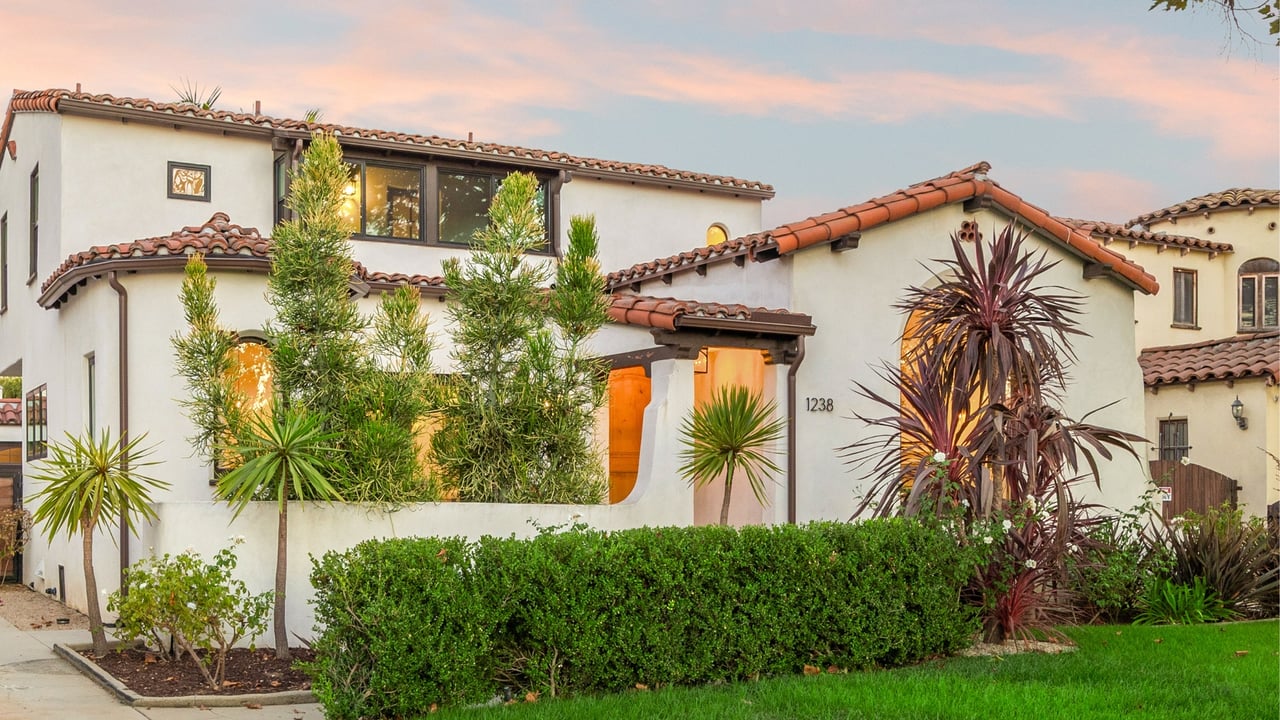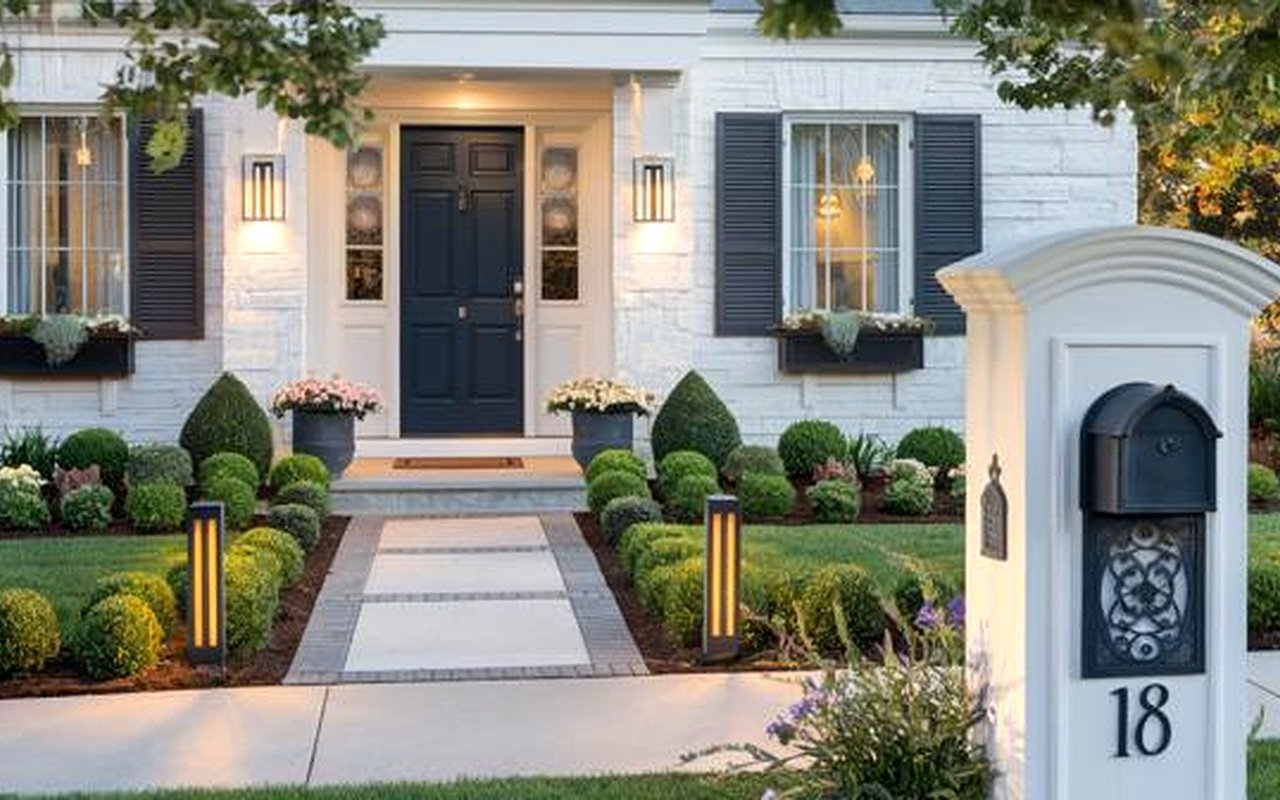Miracle Mile, a historic and dynamic neighborhood in Los Angeles, is well known for its prime location along Wilshire Boulevard. This thriving area is often associated with cultural attractions, high-end shopping, and a rich history. However, beneath its bustling exterior, there are a number of fascinating facts that even long-time residents or frequent visitors may not know. This guide unveils fun facts and things you might not know about Miracle Mile.
A Glimpse into Miracle Mile’s Origins
The history of Miracle Mile dates back to the early 20th century. In the 1920s, the area was a prime location for development as Los Angeles rapidly expanded. The name “Miracle Mile” was coined in 1929 by local real estate developer, A.W. Ross. Ross believed the neighborhood would experience extraordinary growth, and he wasn’t wrong. By the 1930s, Miracle Mile had become one of the city’s most coveted areas, drawing in business, residents, and visitors.
Initially, the neighborhood was home to a string of luxury shops, theaters, and art galleries, which helped to cultivate the neighborhood’s chic, cultural vibe. The area also became a central spot for Art Deco architecture, some of which remains today, adding a timeless charm to the streets. Miracle Mile's legacy continues to reflect this vision of grandeur and innovation.
Home to Los Angeles’ Museum Row
One of Miracle Mile’s most notable features is its proximity to Museum Row, a stretch of cultural institutions that make the area a hub for art and history. The Los Angeles County Museum of Art (LACMA), the largest art museum in the western United States, is located here. It is renowned for its extensive collection of art spanning thousands of years and several continents. LACMA’s iconic Urban Light sculpture, made up of 202 restored street lamps, is a must-see for visitors and photographers.
A Rich Architectural Heritage
Miracle Mile is home to several architectural gems that offer a glimpse into the past. Many of the buildings along Wilshire Boulevard boast Art Deco, Streamline Moderne, and Mid-Century Modern styles, all of which were designed during the area’s heyday in the early to mid-20th century. Among the most notable structures is the Wilshire Royale, a historic apartment building that was constructed in 1929 and is one of the finest examples of Art Deco architecture in Los Angeles.
The area’s striking low-rise buildings were also carefully designed to blend into the landscape and enhance the pedestrian experience. Visitors and locals can enjoy walking through Miracle Mile while admiring its unique architectural features, which continue to be preserved as part of the neighborhood’s historic charm.
The Evolution of Shopping and Dining
Miracle Mile has long been associated with high-end shopping, and its retail history continues to evolve. During its early years, the neighborhood was home to large department stores, such as Bullocks Wilshire, which was a major shopping destination for LA’s elite. Bullocks Wilshire’s building, a grand example of Art Deco design, is still standing today and remains an important part of the neighborhood’s architectural legacy.
In more recent decades, Miracle Mile has also become a haven for trendy boutiques and sophisticated dining spots. Visitors can explore a wide range of culinary offerings, from upscale restaurants to cozy cafes, many of which take inspiration from the area’s cosmopolitan history. The neighborhood’s dining scene continues to reflect its eclectic nature, with options ranging from contemporary Californian cuisine to international dishes.
Miracle Mile and Its Role in the Golden Age of Hollywood
Miracle Mile’s proximity to Hollywood helped cement its place in the city’s entertainment history. During the Golden Age of Hollywood, the neighborhood became a prime location for movie stars and filmmakers. The area’s theaters, including the historic El Rey Theatre, played a key role in showcasing the era’s most iconic films. Built in 1936, the El Rey Theatre still serves as a popular venue for concerts and events, offering a nostalgic look back at the area’s cinematic past.
In addition to movie theaters, several studios were established in the area, further linking Miracle Mile to the film industry’s golden years. The neighborhood’s star-studded reputation was solidified during this period and continues to draw attention as a historically significant site in the story of Hollywood.
The Cultural Influence of the La Brea Tar Pits
While the La Brea Tar Pits may not be a well-known feature to all visitors of Miracle Mile, they are an essential part of the area’s identity. The tar pits have long been a fascinating and important site for paleontologists, and ongoing excavations continue to uncover prehistoric animals that roamed the region tens of thousands of years ago.
This unique site has inspired various artistic representations, as well as scientific discoveries that have contributed to our understanding of life in prehistoric Los Angeles. The museum built around the tar pits houses an impressive collection of fossils and displays, offering visitors a chance to experience this historic site firsthand. For those with an interest in natural history, the La Brea Tar Pits is a must-see destination.
Find Your Ideal Home in Miracle Mile
Whether you're looking for a historic property with classic charm or a modern residence in the heart of Los Angeles,
Miracle Mile offers something for everyone. If you're ready to make your move and invest in one of LA's most iconic areas, contact the
Barrentine Group today to start your journey.





